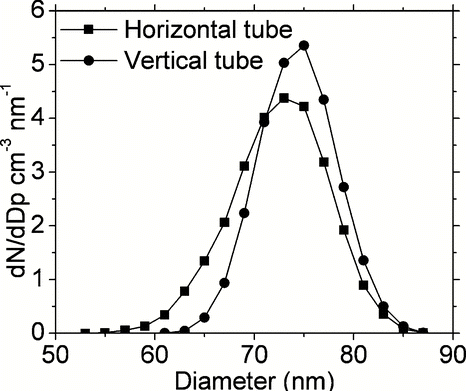Figures & data
FIG. 1 (a) Schematic diagram of the TDMA system measuring soot oxidation rate (CitationHiggins et al. 2002). (b) Schematic showing the modeling domain in CFD-ACE+. Flow enters a pre-reactor section at 0.22 ms− 1 and 300 K. Both the furnace and post-reactor have a parabolic velocity profile, while the pre-reactor has plug flow as shown by the dotted lines. Axial length (m) scale in the z direction along the modeling domain is also shown.
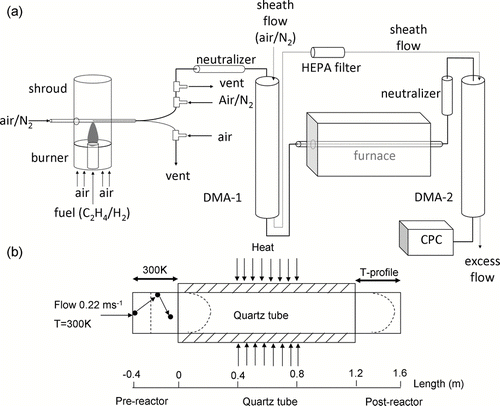
FIG. 2 Grid configuration applied to the simulated geometry in CFD-ACE+. The axial direction is scaled by a factor of 0.01 to make the circular cross section more visible.
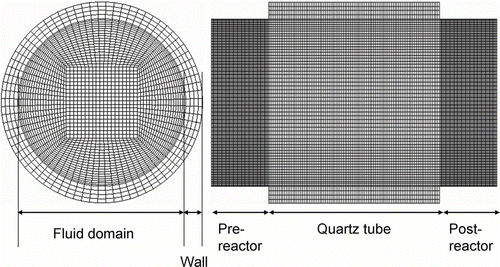
FIG. 3 Iso-contours of temperature and axial velocity for “Case 1” (above) and “Case 2” (below) at the centre of the tube. The axial direction is scaled by a factor of 0.01.
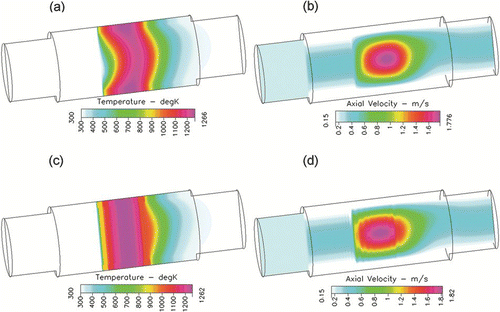
FIG. 4 Comparison of predicted standard deviations of 5000 particle trajectories of 20 nm particles in the radial Y direction as a function of elapsed time after particle injection in the modeling domain. Theoretical predictions shown by the dotted line used the Stokes-Einstein relation as discussed in the text.
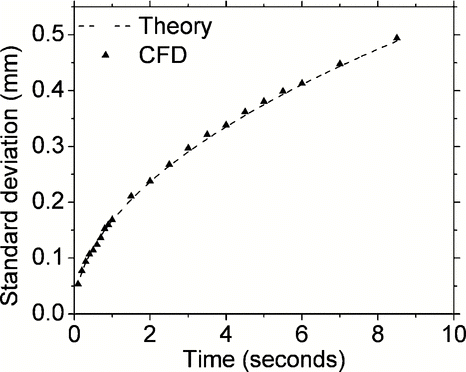
TABLE 1 Comparison of particle penetration efficiencies for 2500 particles of 10 nm diameter with and without pre-reactor
FIG. 5 Comparison of CFD predictions against measured outlet particle size distribution for (a) “Case 2” at various temperatures (b) “Case 1” and “Case 2” at furnace set-point temperature of 950°C. Both the cases fail to predict the long tail towards smaller particle sizes at 950°C as shown in (b).

FIG. 6 Effects of modeling parameters for “Case 2” simulations on predicted particle size distribution at the outlet of the reactor at a furnace set-point temperature of 950°C. (a) Thermophoresis with 90 nm initial size particles. (b) Diffusion with 90 nm initial size particles. (c) Thermophoresis and diffusion for 40 nm initial size particles. “Th+Diff”: Both thermophoresis and diffusion turned on, “NoTh+Diff”: Thermophoresis turned off but diffusion turned on, “Th+NoDiff”: Thermophoresis turned on but diffusion turned off, “Exp”. Measured size distributions from (CitationHiggins et al. 2002).
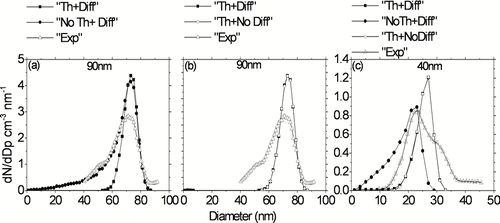
FIG. 7 Radial velocity vectors within the furnace for the “Case 2” simulations at furnace set-point temperature of 950°C using the horizontal (7a–c) and vertical furnace orientations (7d–f). Axial locations correspond to the length scale shown in .

FIG. 8 Particle Trajectories for the “Case 2” simulations at furnace set-point temperature of 950°C for (a) horizontal tube (b) vertical tube.
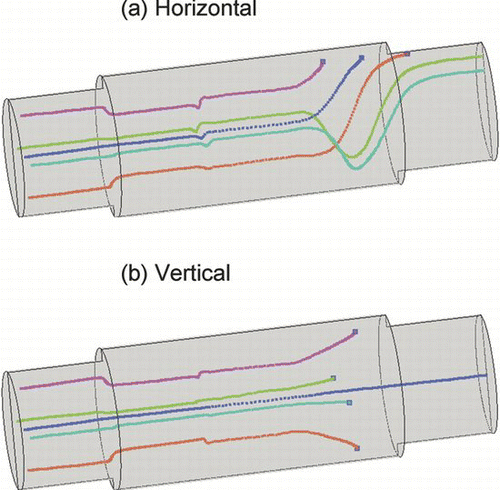
FIG. 9 Comparison of outlet size distribution for 90 nm particles at furnace set-point temperature of 950°C for “Case 2” simulations with horizontal and vertical tube configurations.
